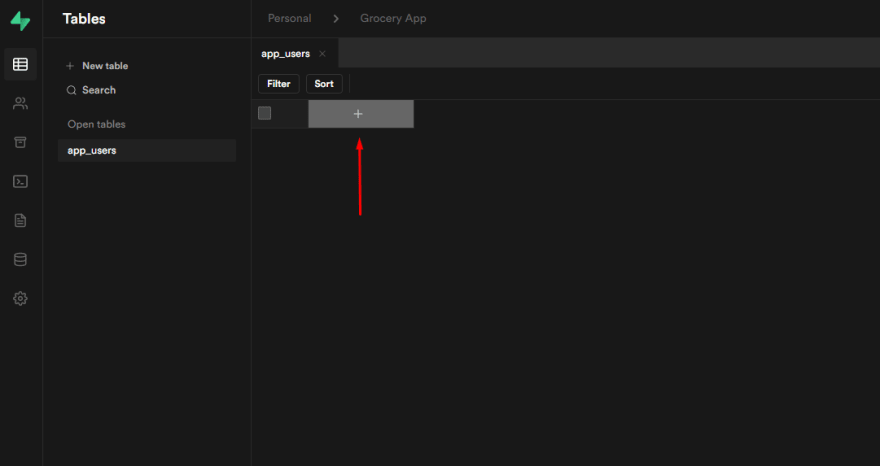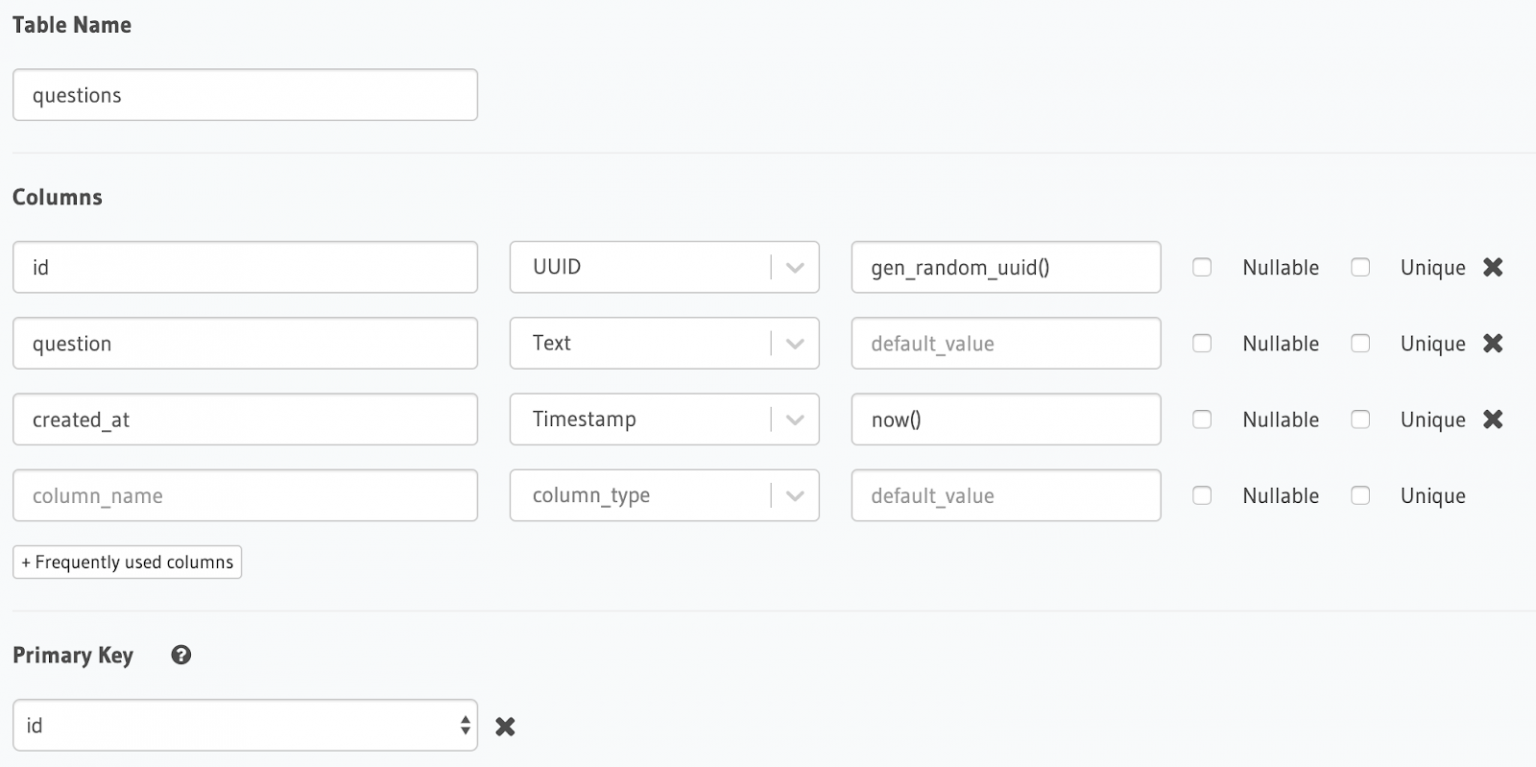

So the uuid1() method is not useful in data-sensitive applications.
FLUTTER UUID GENERATOR MAC
The major drawback of the uuid1() method is that this way includes the use of the MAC address of the computer, and hence can compromise privacy, even though it provides uniqueness. The administered MAC addresses guaranteed to be globally unique if the getnode() function fails to get the MAC address it returns the random 48-bit number with a multicast bit as recommended in the RFC 4122. If a machine has more than one network universally administered, then the MAC addresses are returned instead of over locally administered MAC addresses. The uuid.getnode() method is used to get the MAC address of the network interface. We can apply the node and clock sequence to function explicitly. Generate unique ID for Host using node and clock sequence Now, we can use this id anywhere in our application or use in cryptography to further strengthen the encryption. You can see that we have generated the random id. Print("The random id using uuid1() is : ") Otherwise, a random 14-bit sequence number is chosen.

The node and clock_seq are optional arguments.Syntax uuid.uuid1(node=None, clock_seq=None) Parameters Python UUID module provides uuid1() method that generates the random id using the MAC address and time component. UUID.SafeUUID : SafeUUID.unknown Generate Random IDs using UUID.uuid1() Print('UUID.clock_seq : ', UUID.clock_seq) Print('UUID.clock_seq_low : ', UUID.clock_seq_low) Print('UUID.clock_seq_hi_variant: ', UUID.clock_seq_hi_variant) Print('UUID.time_hi_version : ', UUID.time_hi_version) Let’s extract and print the above information for uuid.uuid1().


32 hexadecimals x log2(16) bits/hexadecimal = 128 bits in a UUID. Each character can be a digit 0 through 9, or letter a through f. The 32 characters of a UUID are hexadecimals, or base-16 representation. Let’s calculate the probability, p, that there are no duplicates among a set of r UUIDs. If UUIDs are generated randomly, then there must be some chance that a sequence is generated more than once, especially as we generate more and more. Each one is unique across space and time. There are several ways to generate them, including methods based on time, MAC addresses, hashes, and random numbers, but they make the same promise: no two are identical. UUIDs are handy for giving entities their own special names, for example, in a database. It looks like a 32-character sequence of letters and numbers separated by dashes. UUID stands for universally unique identifier.


 0 kommentar(er)
0 kommentar(er)
